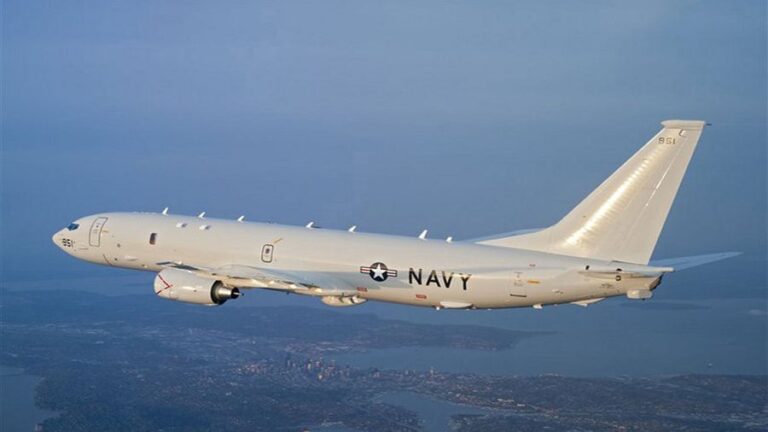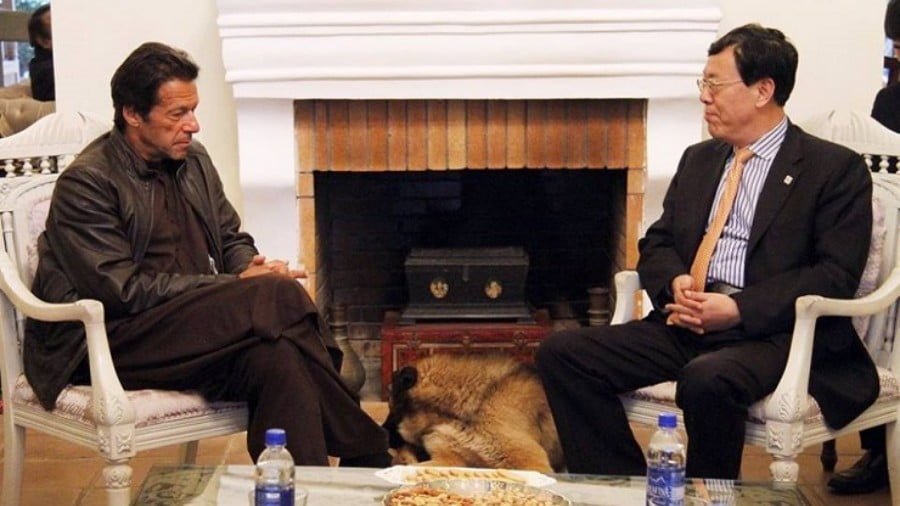The Final Show of the Greatest Country on Earth
On May 31, 1866, John C. Ringling was born in Iowa to German immigrants in what felt like an extremely bleak year.
The chaos and devastation from the Civil War that had ended in 1865 were still keenly felt, and the US economy was in the midst of a deep recession
The country was still shaken from the assassination of Abraham Lincoln.
And the new President, Andrew Johnson, was embroiled in a major political crisis with Congress that would soon lead to his impeachment.
(Johnson was also a noted buffoon, once giving a speech in early 1866 to honor George Washington in which he referred to himself over 200 times and accused Congress of plotting his assassination.)
No doubt those were some of the darkest days in US history. And it would have been hard for Mr. and Mrs. Ringling to imagine a bright future for their children.
But John and four of his brothers went on to build the most successful circus empire in modern history– the Ringling Brothers and Barnum & Bailey Circus, known as the “Greatest Show on Earth.”
There were countless traveling circuses crisscrossing the United States in the 19th and early 20th centuries.
But what made the Ringling Brothers’ event so spectacular was sheer scale. They didn’t hold anything back– lions, tigers, elephants.
The Ringling brothers were also masters of efficient logistics.
Like Ray Kroc and Henry Ford, the brothers developed an assembly line approach to the construction, deconstruction, and transportation of their event so that they could swiftly move from town to town.
It was a spectacle itself simply to see their train of railway cars packed with exotic animals stretching on for more than a mile.
Their circus was considered the ultimate in entertainment back then, and John Ringling became one of the wealthiest men in America as a result of this success.
It seemed like the empire would last forever.
But it didn’t.
After peaking in the Roaring 20s, the circus took a major hit during the Great Depression that effectively bankrupted John Ringling, the sole surviving brother.
At the time of his death in 1936, in fact, Ringling only had about $5,500 in the bank (that’s after adjusting for inflation to 2017 dollars).
The circus limped along in the Depression and barely made it through World War II.
Towards the end of the War in 1944, right before they thought their luck would turn, the circus had a major accident in Hartford in which the tent caught fire, killing 167 people.
That nearly bankrupted the company a second time, and several executives went to jail for negligence.
In the decades that followed, American consumer tastes changed.
Television, movies, and music were far more interesting than circus performances, and Ringling Brothers went into terminal decline.
Fast forward to the age of Facebook and YouTube, and there simply wasn’t a whole lot left in the circus that was exotic or interesting anymore, not to mention the animal rights issues.
So yesterday, the Greatest Show on Earth held its final performance in Uniondale, New York, after 146-years in the business.
A century ago this would have seemed impossible.
The early 1900s were the absolute peak for Ringling Brothers, and no one imagined a future where consumers weren’t standing in line to buy tickets.
Candidly I find this story to be an interesting metaphor for the United States itself.
Rise from the ashes. Remarkable growth. Peak wealth and power. Bankruptcy. Gross negligence and incompetence. More bankruptcy. Terminal decline.
And just like how people viewed Ringling Brothers 100-years ago, it’s difficult for anyone to imagine a world in which the US isn’t the dominant superpower.
Instead of the Greatest Show on Earth, it’s the Greatest Country on Earth. And most of us have been programmed to believe that this primacy will last forever.
But nothing lasts. History is full of failed dominant superpowers, from the Roman Empire to the Ottoman Empire. Many no longer exist.
Their declines were almost invariably due to excessive spending, unsustainable debt, military overreach, and a society that abandoned the core values which made it wealthy and powerful to begin with.
Every successive superpower always believes that they will never suffer the same fate. And every time they’re wrong.
This time is not different.
Yes, it’s still a wonderful country with plenty of positive things going for it.
But at its core the United States still has $20 trillion in public debt (over 100% of GDP) and an additional $46.7 trillion in net, unfunded future social obligations (like Social Security and Medicare).
Plus, the government spends an appalling amount of money, far more than they collect in tax revenue.
(In 2016 their total net loss exceeded an incredible $1 TRILLION.)
Former Treasury Secretary Larry Summers summed it up when he quipped, “How long can the world’s biggest borrower remain the world’s biggest power?”
The answer is– no one knows. Maybe months. Maybe decades.
Either way, this trend is one of the biggest stories of our time. And though few people want to acknowledge it, it’s already happening.
We now regularly witness government shutdowns, debt ceiling crises, and gross government incompetence. But this is just the beginning.
The national debt is growing far faster than the economy as a whole. And, especially if interest rates continue to rise, the trend will accelerate.
It’s simple arithmetic.
So while it seems impossible now, the Greatest Country on Earth will some day have its final show as well.
That doesn’t mean the US simply disappears.
But it’s foolish to assume that the insolvency of the world’s largest superpower will forever be consequence-free.
What’s your Plan B?
By Simon Black
Source: Sovereign Man







